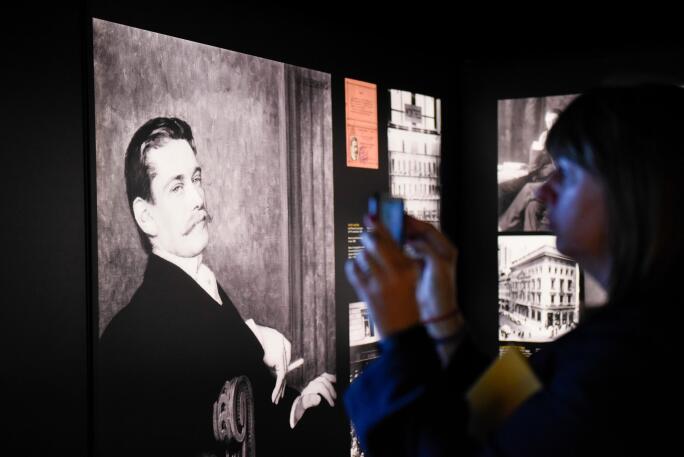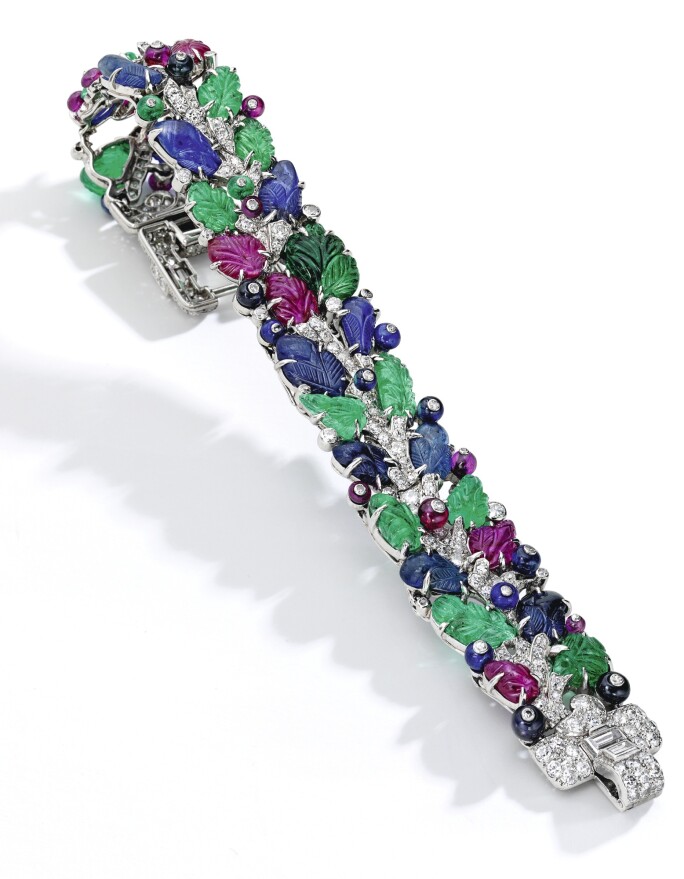F rom modest beginnings in 1847 Cartier has become synonymous with exceptional gems, ground-breaking design and exquisite craftsmanship. Founded over 170 years ago by Louis-Francois Cartier (1819-1904) it was not until the early 20th century that his three grandsons propelled the company to international success and acclaim. But who were they and what did they achieve?
1. As Cartier’s success grew in Paris in the late nineteenth century, global expansion beckoned. Louis-Francois Cartier’s three grandsons made an ambitious and strategic decision to separate; Pierre Cartier (1878-1965) established a store at 4 New Burlington Street, London in 1902, that would later be controlled by the youngest brother Jacques Cartier (1884-1942); Pierre Cartier opened a store on Fifth Avenue, New York in 1909, and Louis Cartier (1875-1942) remained in Paris, the geographical heart and soul of the maison.

2. Each brother’s personality would be key to Cartier’s success. Jacques was sociable and understood the importance of nurturing relationships with key clients. He travelled on behalf of the company for the first time in 1911 and many times afterwards, particularly in the 1920s and 1930s to Asia and the Middle East, buying gemstones and pearls, while encouraging the Maharajas of India to re-set their traditional jewellery in the popular Art Deco style. In turn, the Indian mode for coloured gems carved to mimic leaves and berries would inform Cartier’s aesthetic and become their iconic ‘tutti-frutti’ jewels, a style still made today.
3. The London workshops controlled by Jacques Cartier would boom during the reign of King George V and Queen Mary with countless royal and aristocratic commissions. Up until 1929 a daily supply of gemstones was transported in suitcases from Paris and London (the latter became the place to order an important necklace), until the Chancellor of the Exchequer got wind of it and imposed a duty.
4. Louis was the creative heart of the maison. An inherent aesthete, he embraced all forms of art from Islamic to Far Eastern and encouraged the design studios to experiment and innovate. His appointment of Jeanne Toussaint (1887-1978) as Creative Director was a stroke of genius. Amongst other achievements, she would develop the panther as Cartier’s most iconic symbol (her nickname was ‘Panther’). The big cat was most famously depicted in a brooch commissioned by the Duke of Windsor for the Duchess in 1948.
5. Louis also had a knack for predicting and embracing trends. In 1907, during one of the many periods of Egypt-mania that swept through the Decorative Arts at the time, he gave his first wife a scarab ring. The most famous of these periods was the discovery in 1922 of Tutankhamun’s tomb. The years following this discovery would see multiple pieces inspired by an Egyptian aesthetic, with Cartier one of the first jewellers to take ancient artefacts and incorporate them into accessories and objects.
6. Pierre was business minded and saw great potential in the booming economy of New York. He aligned himself with the leading (and wealthiest) families of America, marrying the daughter of a rich industrialist from St Louis, Missouri. The company quickly out-grew its single story Fifth Avenue location, and was replaced by a six-story mansion on the corner of 52nd Street, bought from its owner by Pierre with a one million dollar double strand necklace of natural pearls.
7. Pierre became renowned for his astute salesmanship, particularly when he had a large, historic jewel in his possession. Countless storied stones would pass through his hands including the legendary Hope Diamond, (now housed in the Smithsonian) that he sold to one of Cartier’s best clients in New York, a Mrs McLean. He let her borrow it for the weekend. Despite its renowned curse she would later say ‘at some time during the night I began to want the thing’.


